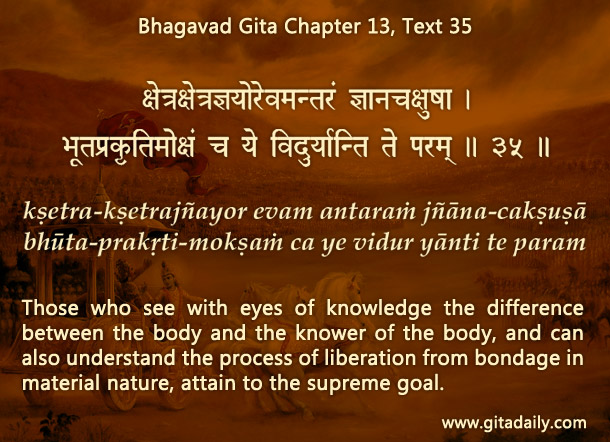Some people say, “I will believe in the soul when I see it. Seeing is believing.” Actually, the converse holds true, especially for subtle things – believing leads to seeing.
Consider for example the whole world of atomic physics. Most of its postulated particles can’t be seen before they are experimented upon. And such experimentation often requires much time, energy and money. The act of investing such resources presumes a certain level of belief in their existence. If scientists hadn’t believed that the Higgs boson existed, would they have been able to persuade patrons to invest nine billion dollars for investigating it? Unlikely. Indeed, the Large Hadron Collider is till-date the most expensive monument to scientific faith.
Unless, of course, we want to consider American philosopher David Berlinski’s take: “It is entirely possible that there may be as many elementary particles as there is funding available to investigate them.” The content of his criticism may be debatable, but its context isn’t – many of the postulates of physics and indeed of most advanced science are invisible, requiring faith to accept. Their invisibility flies in the face of “seeing is believing.”
Science progresses by the principle that tentative belief precedes experimental verification. Then, why not offer spirituality a level playing field and at least consider the necessity of the same principle for spiritual progress? The Bhagavad-gita (13.35) indicates that the soul as distinguished from the body can be perceived with the eyes of knowledge. Phrased in scientific idiom, the eyes of knowledge are eyes educated enough to understand the postulate of the soul and trained enough to carry out the experiment of yoga. If we open-mindedly invest the necessary time and energy to conduct this experiment, yoga practice will activate our spiritual perception and enable us to experientially verify the soul’s existence.
Explanation of article:
Podcast:


Spiriton or soul is not so easy to perceive by material eyes. We need to enable our inner eyes to see the same under the guidance of a pure bhakta.